blog»Conversion Rate Optimization»Pre-Purchase vs. Post-Purchase Marketing: Where E-Commerce Growth Really Happens
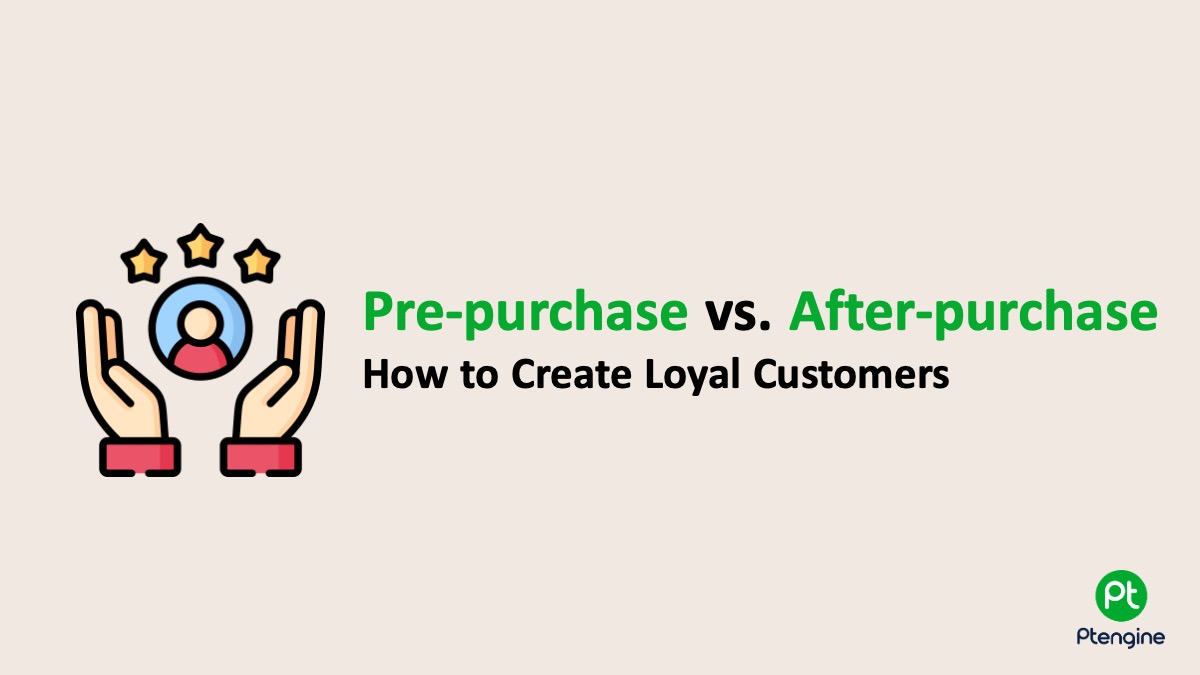
Pre-Purchase vs. Post-Purchase Marketing: Where E-Commerce Growth Really Happens
2025/04/28
You can read this article in about 16 minutes
Introduction
Most e-commerce brands pour their time, energy, and money into getting that first sale. Ads, influencers, SEO, landing pages—it’s all about converting visitors into buyers.
But here’s the catch: if you’re only focused on the first click, you’re missing the real growth opportunity.
Pre-Purchase vs. Post-Purchase Marketing isn’t just about timing—it’s about mindset. Smart brands know that what happens after the sale matters just as much as what happens before.
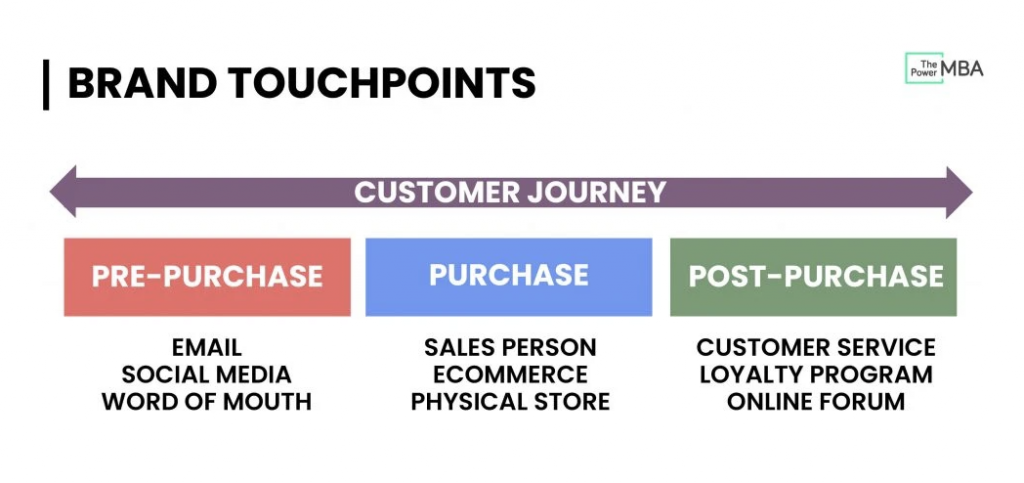
Customer acquisition costs are rising every year. Loyalty is harder to earn. And without a strong post-purchase strategy, you’re leaving potential revenue—and long-term customers—behind.
In this article, we’ll break down the real difference between pre-purchase and post-purchase marketing, show why you should balance both, and share tactics you can start using today to drive repeat sales and loyalty.
Let’s rethink where your marketing efforts really pay off.
2. What is Pre-Purchase Marketing?
Pre-purchase marketing covers everything you do to get a customer to buy for the first time. It’s the ads you run, the SEO you optimize, the emails you send, and the landing pages you build—all focused on one thing: convincing a visitor to make that first purchase.
In simple terms, pre-purchase marketing is about attracting and converting.
Pre-purchase activities include:
- Paid ads on Meta, Google, TikTok, Pinterest
- Influencer collaborations and affiliate partnerships
- SEO content to attract organic traffic
- Lead capture popups and first-time buyer discounts
- Optimized product pages and CTAs
Pre-purchase marketing is essential. Without it, you have no traffic, no sales, and no growth.

But here’s the problem:
Brands often get stuck spending all their resources on acquisition—and forget about what happens next.
The cost of customer acquisition keeps rising. If you’re only focused on the front end, you’ll keep burning budget just to stay afloat.
Winning brands balance Pre-Purchase vs. Post-Purchase Marketing—and that’s what makes the difference over time.
3. Why Post-Purchase Marketing is Your Secret Growth Engine
Getting the first sale is important—but keeping that customer is where real growth happens.
That’s why smart brands focus not just on acquisition, but on what happens immediately after the first purchase.
Post-purchase marketing is about building loyalty, increasing lifetime value, and creating repeat buyers.
Why post-purchase matters more today:
- It’s 5x cheaper to retain a customer than to acquire a new one
- Repeat customers spend 67% more than new customers
- A loyal customer is 9x more likely to refer friends or leave positive reviews
- Acquisition costs have gone up—retention costs have stayed stable
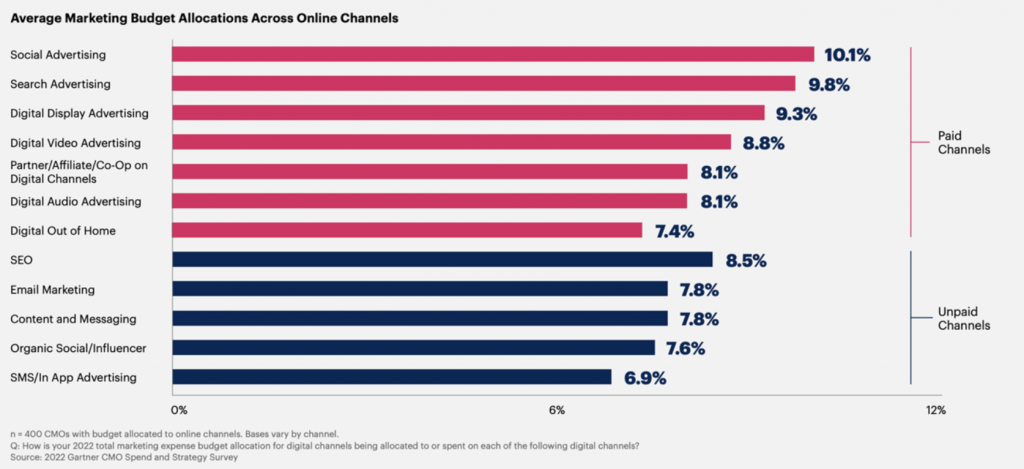
When someone buys from you once, they’re at peak emotional engagement. They’ve trusted you. They’re excited.
That’s the moment to deepen the relationship, not disappear.
Brands that invest in post-purchase experiences—whether through better emails, loyalty programs, or upsells—build stronger, more profitable businesses without having to constantly chase new traffic.
If you want to grow without burning your budget, balancing Pre-Purchase vs. Post-Purchase Marketing is essential.
4. Best Post-Purchase Strategies E-Commerce Brands Should Use
Now that you know how important post-purchase marketing is, let’s look at specific strategies you can start using today to grow loyalty, increase repeat purchases, and boost customer lifetime value.
Here’s where smart brands make a real impact:
a) Thank You Pages Done Right
Most stores just say, “Thanks for your order!” and stop there.
Smart stores use that moment to:
- Offer personalized product recommendations
- Share a discount code for the next purchase
- Invite customers to follow on social media
- Highlight referral programs (“Share with a friend, get 10% off!”)
Tip: A strong thank you page can immediately drive second sales and social engagement.
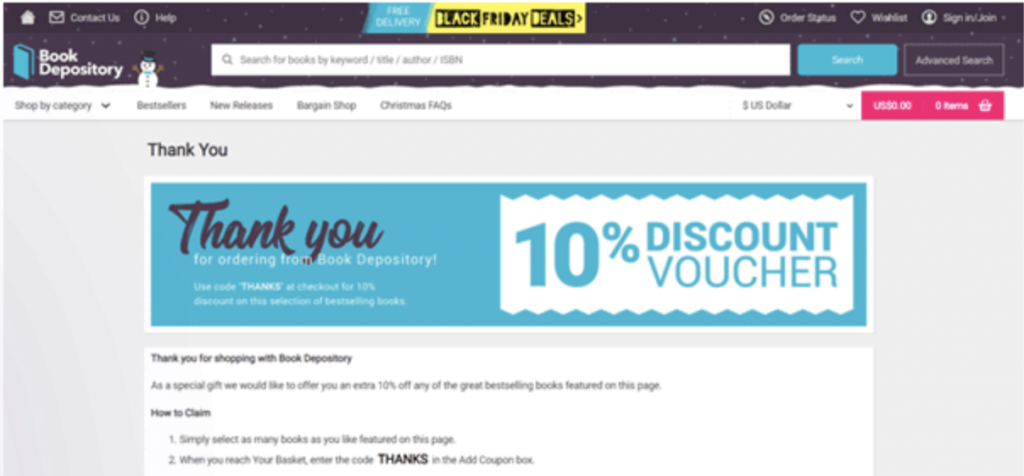
b) Post-Purchase Email Flows
Don’t stop communication after the order confirmation. Create an email sequence that keeps the relationship going:
- Order confirmation → “We’re getting your order ready!”
- Shipping confirmation → Tracking info and delivery expectations
- Product education → How-to guides or FAQs for what they bought
- Review request → Ask for feedback after delivery
- Next purchase incentive → Offer a reward for a second order
Tip: Automation platforms like Klaviyo, Omnisend, or Shopify Email make this easy to set up.

c) Loyalty Programs
Give your customers a reason to come back by rewarding them:
- Points for purchases, reviews, social shares
- VIP tiers with exclusive rewards
- Early access to new products for loyal customers
Tip: Loyalty members are more likely to stay longer—and spend more.
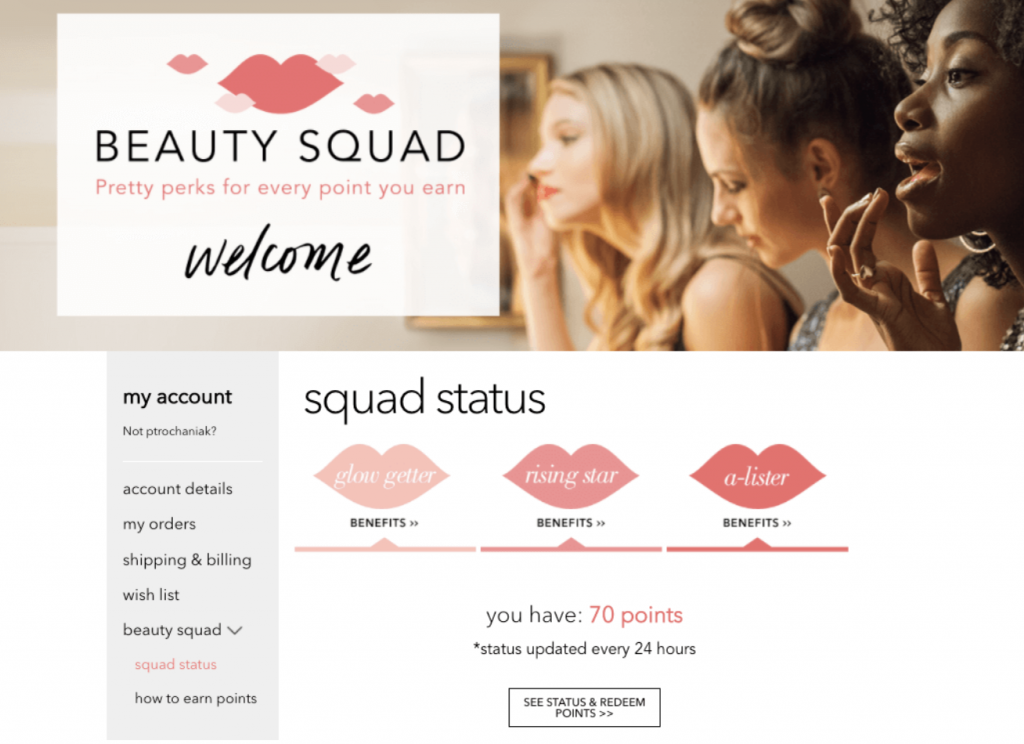
d) Cross-Sells and Personalized Recommendations
Use what they bought to suggest what they might love next:
- Related products (“Pairs perfectly with your recent purchase”)
- Upgraded versions or bundles
- Accessory items to complete the experience
Tip: Personalized recommendations often outperform cold ads.
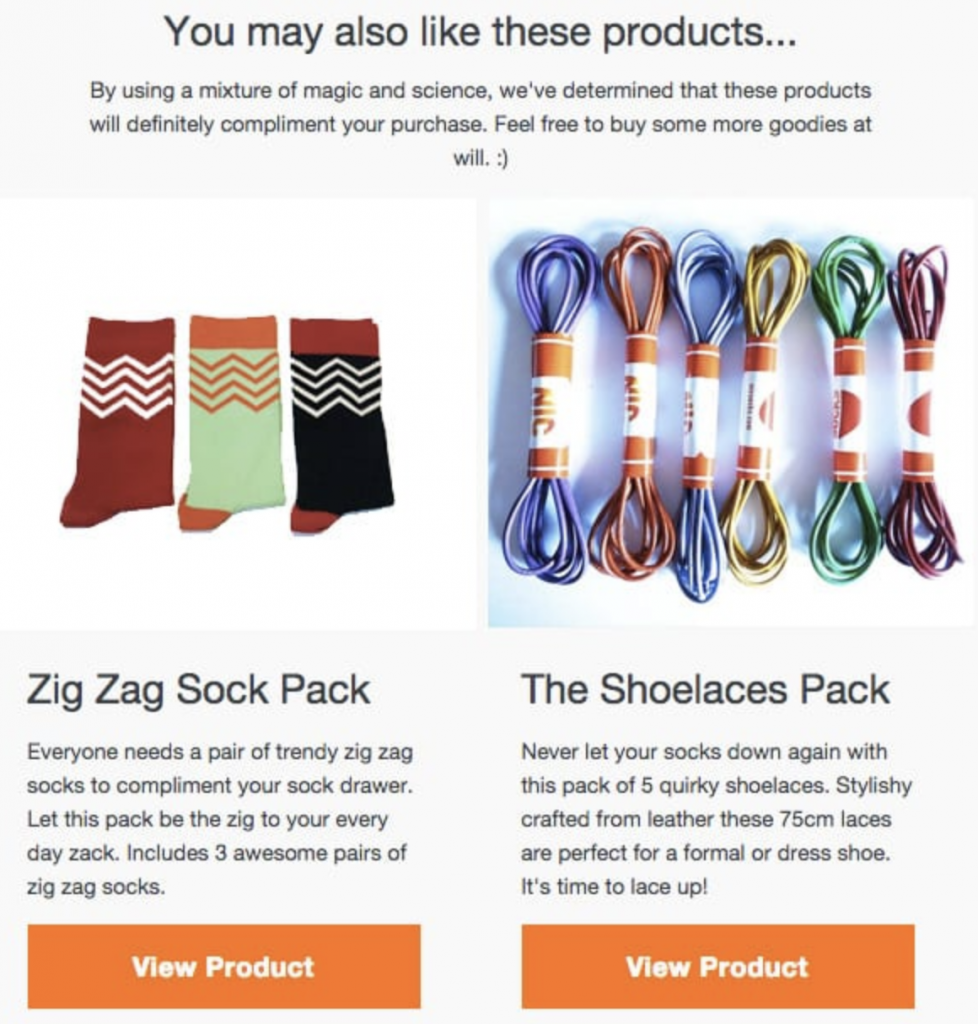
e) Community Building
Invite your customers to be part of something:
- Private Facebook groups
- Brand ambassador programs
- Instagram hashtag campaigns to share their purchases
Tip: Customers who feel like insiders are more loyal and spread the word organically.
When you invest even 20–30% of your marketing efforts into post-purchase strategies like these, you don’t just sell products—you build relationships.
And in e-commerce, relationships = revenue.
5. Real Examples of Smart Post-Purchase Marketing
Let’s see how some of the world’s best e-commerce brands turn first-time buyers into loyal fans through smart post-purchase moves.
Nike – Member Rewards and Exclusive Access
Nike doesn’t just sell shoes. After you buy, you’re invited to become a Nike Member—for free.
Members get perks like:
- Early access to new drops
- Birthday discounts
- Exclusive content and workouts in the app
Why it works:
Nike builds a deeper relationship immediately after purchase. It’s no longer just about the product—it’s about belonging to a community.
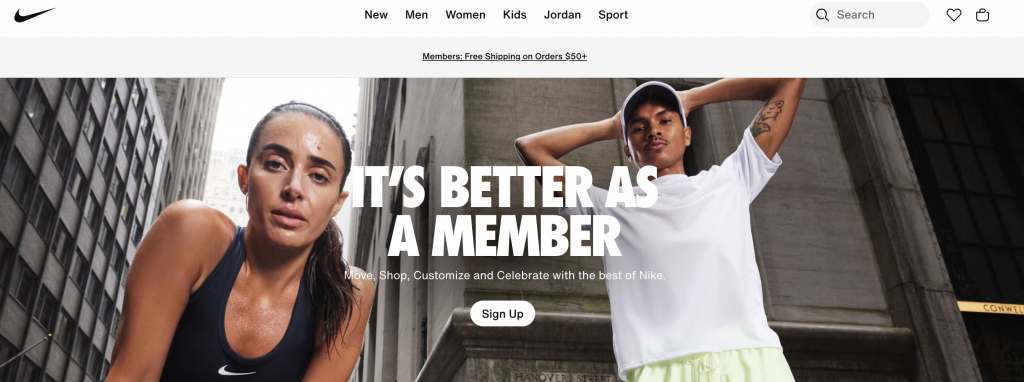
Allbirds – Post-Purchase Education and Care Tips
After buying, Allbirds sends friendly emails showing customers how to care for their shoes—plus styling tips.
- “How to Wash Your Allbirds”
- “Style Inspiration for Your New Pair”
Why it works:
Instead of pushing another sale too soon, Allbirds builds trust. They show they care about the customer’s experience, not just the transaction.
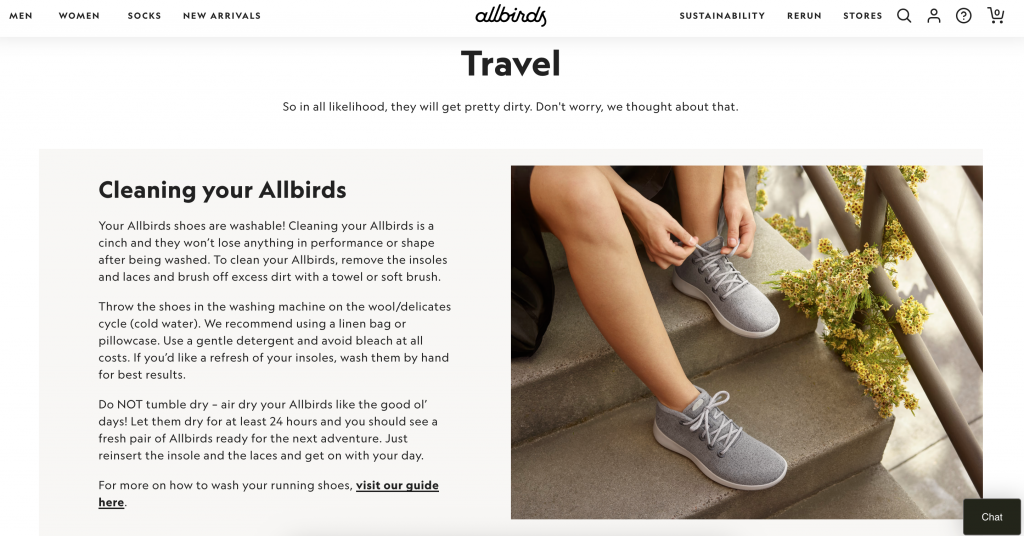
Glossier – Personalized Upsells via Email
Glossier uses smart post-purchase flows to suggest related products:
- “Loved your new Cloud Paint? Here’s what other customers also bought.”
- Special bundles available for returning shoppers only.
Why it works:
The recommendations feel natural and personal, not pushy. It’s based on real behavior, not random upselling.
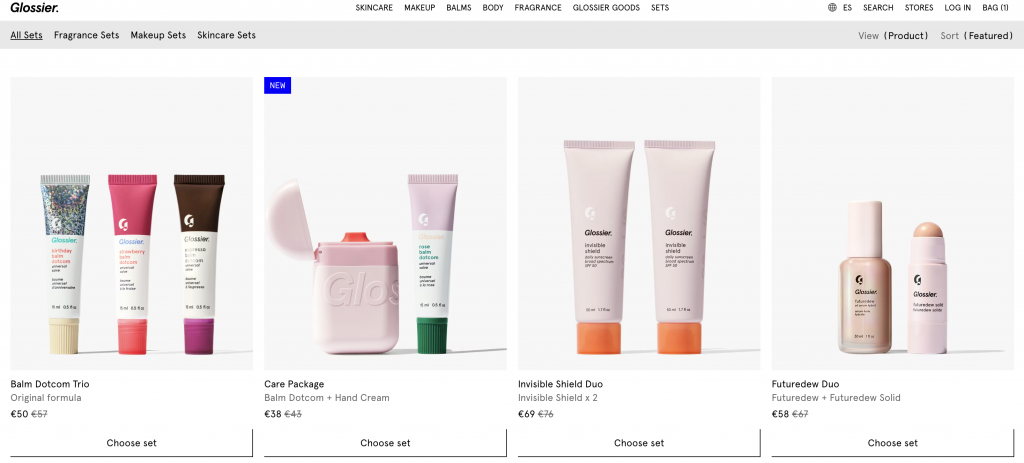
Each of these brands knows the same thing:
Winning e-commerce marketing isn’t just about the first sale—it’s about building a journey that customers want to stay on.
And it all happens after checkout.
6. How to Rebalance Your Budget and Strategy
If you want sustainable e-commerce growth, you can’t just throw all your budget into getting new customers.
You need to balance Pre-Purchase vs. Post-Purchase Marketing—and treat both as key parts of your growth engine.
Here’s how to start:
1. Audit where your current efforts go
Ask yourself:
- How much budget is spent on ads vs. loyalty or retention programs?
- How much of your team’s time is focused on acquisition vs. customer experience after purchase?
- Are you tracking repeat purchases, referral rates, and customer lifetime value (CLV)?
Most brands will realize they’re spending 90% or more pre-purchase—and almost nothing after.
2. Shift a percentage of your budget post-purchase
You don’t have to flip everything overnight.
Start by assigning 20–30% of your marketing budget and creative efforts toward post-purchase activities:
- Loyalty programs
- Post-purchase email automation
- Upsell campaigns
- Community engagement
3. Set clear goals for post-purchase success
Don’t just “hope” retention improves. Measure it.
Key post-purchase metrics to track:
- Repeat Purchase Rate (RPR) — % of customers who buy again
- Customer Lifetime Value (CLV) — total revenue per customer
- Referral Rate — how many new customers come from word of mouth
- Email Open/Click Rates — especially post-purchase flows
4. Use the right tools
- Email/SMS automation: Klaviyo, Omnisend
- Loyalty programs: Smile.io, Yotpo Loyalty
- Heatmaps and behavior tracking: Ptengine
- Survey tools: Typeform, Post-purchase survey apps
The more you know about your buyers after their first purchase, the easier it becomes to turn them into loyal fans.
Pre-Purchase vs. Post-Purchase Marketing isn’t an either/or.
It’s about building a full customer journey—from the first click to the fifth order.
And smart brands know: long-term growth happens after the sale.
7. Conclusion: Winning in E-Commerce Is About What Happens After the Sale
Getting the first sale is important. But keeping that customer? That’s where real growth—and real profit—begin.
Too many e-commerce brands focus all their energy on pre-purchase marketing. They chase new clicks, new traffic, new buyers—while the customers they already won quietly slip away.
Smart brands treat Pre-Purchase vs. Post-Purchase Marketing as a complete journey. They know the second sale is cheaper, easier, and more valuable than the first. They turn customers into fans. Buyers into ambassadors. Orders into relationships.
If you want to scale without endlessly increasing your ad budget, start now:
- Rethink how you spend your marketing resources
- Build strong post-purchase touchpoints
- Focus on loyalty, not just acquisition
Because in the end, real e-commerce success isn’t just about making a sale.
It’s about earning a customer for life.